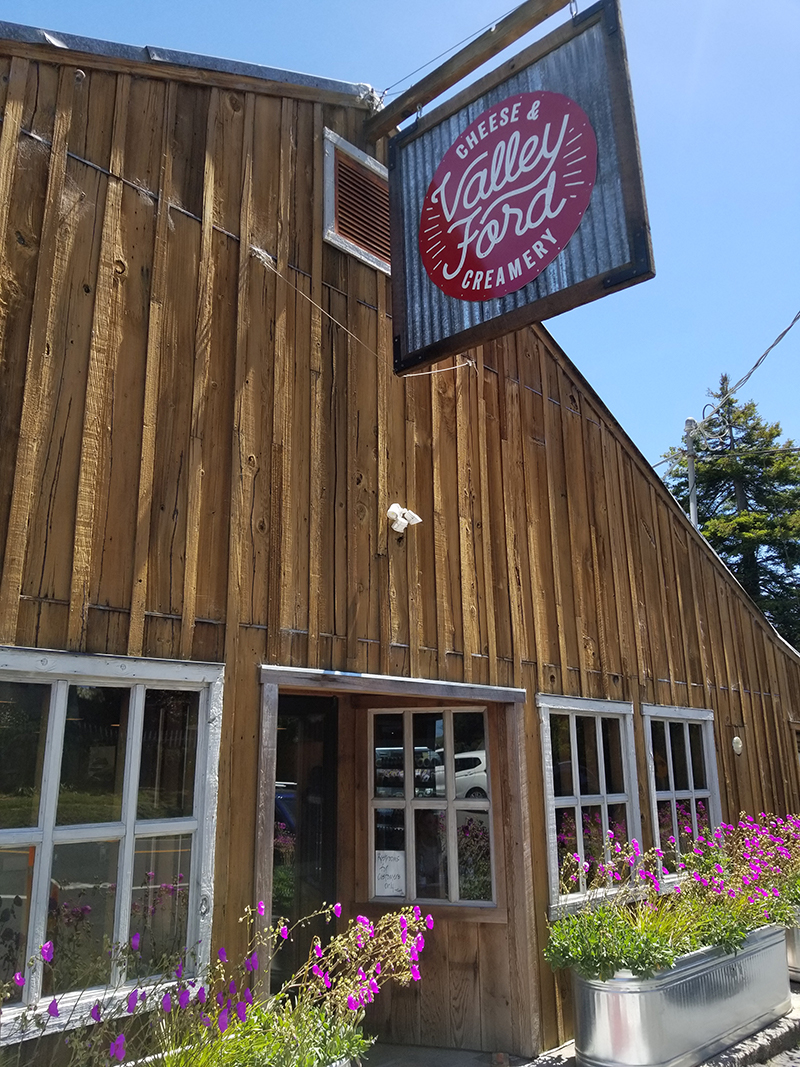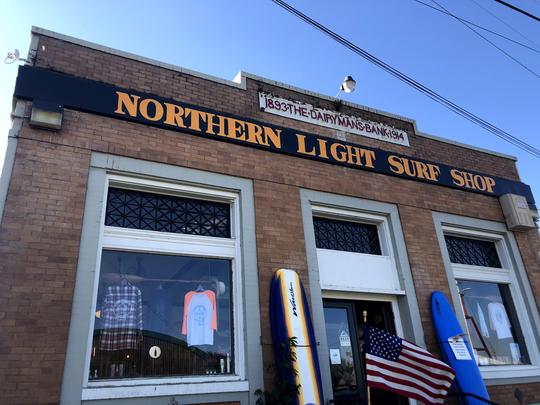OVERVIEW:
The tiny town of Valley Ford, California, just 6 miles from the Pacific Coast, provides visitors with a wealth of nearby water activities including fishing, boating, and much more. It is located on State Route 1 in an area of rolling hills about 75 minutes north of San Francisco by automobile. It is 7 mi (11 km) north of Dillon Beach, 9 mi (14 km) east of the town of Bodega Bay and 20 mi (32 km) southeast of Jenner.
places to stay
Valley Ford Hotel
The Historic Valley Ford Hotel built in 1864 and updated with modern amenities and luxury bedding at competitive rates.Hotel rooms feature high thread count Egyptian cotton sheets, fluffy pillows, cozy bathrobes and oversized bath towels to make you feel right at home.Rent out the hotel for your next celebration. With seven guest rooms and an enormous multi-tiered back patio, the hotel is a perfect venue for your next wedding, birthday, reunion or corporate retreat.A Historic Hotel in the Middle of Everywhere. Built by the Rein family in 1864 to provide lodging for coastal travelers, the Valley Ford Hotel has seen stagecoaches, the North Pacific Coast Railroad and now Coast Highway One roll across it's doorstep.
THE TOWN OF VALLEY FORD
The main town has Valley Ford Market, Valley Ford Hotel, Dinucci's Italian restaurant, Estero Cafe and the new Valley Ford Creamery. One of the few remaining buildings dating from the 19th century, now houses Rocker Oysterfeller's Kitchen & Saloon and six guest rooms.
VALLEY FORD CREAMERY
Valley Ford Cheese & Creamery was founded in 2008 and is located on Mountain View Jersey Dairy, off the rural coast of Sonoma County, California.
When Karen Bianchi-Moreda decided to start making artisan cheese, it was only natural to produce that same cheese which was a staple in her family for years.
They now have a store front in Valley Ford located on Highway 1 near the beautiful California coast. They are serving fresh coffee and danish to start the day and a lunch menu that makes the flavors of their cheeses come to life.
VALLEY FORD MARKET
For more than 60 years, the family-owned Valley Ford Market has been catering to its residents and also the many tourists passing through town. This is a farmers and ranchers’ grocery, so you’ll find pretty much everything you could need, whether it’s PVC plumbing fixtures, wading boots, fishing tackle, or a superb bottle of sparkling wine and a picnic basket brimming with homemade sausages, home smoked salmon, fresh daily soups, and a glorious meatloaf sandwich on white bread with mayo, tomato and lettuce.
14400 Coast Highway 1, Valley Ford, 707-876-3245
ROCKER OYSTERFELLER’S KITCHEN + SALOON
Rocker Oysterfeller's Kitchen + Saloon
Rocker Oysterfeller's Kitchen + Saloon, which is the hallmark, landmark, and well, one of the only three restaurants in Valley Ford. Owners Shona Campbell and Chef Brandon Guenther have created a food lovers destination using Tomales Bay oysters, California sturgeon, Niman Ranch rib-eye steak and Sebastopol mushrooms. Endulge in their signature Tomales Bay Shooter of a fresh-plucked, fresh-shucked oyster dunked in Tito’s Handmade Vodka with a dash of house-made Bloody Mary mix. Try their ice-cold Pimm’s Cup ($9), served in a big Ball jar with Pimm’s No. 1, ginger beer, and a rainbow array of chunky chopped and sliced cucumber plus seasonal fruit like apple and citrus. They have great deserts like their Humboldt Fog cheesecake. 14415 Highway 1, Valley Ford, 707-876-1983, Website www.vfordhotel.com
DINUCCI’S ITALIAN DINNERS
Dinucci's Italian Dinners
At Dinucci's Italian Dinners guests rave about comfort meals with ribs, fried chicken, fish, pasta and prime rib. Our Bar Special is a fantastic deal and takes place every Monday & Thursday evening. Generous portion of our Chef's chosen meal, with soup or salad included for a special price. The evening's menu is shown on our Facebook page, so be sure to "like" us to see what's cooking those nights!
14485 Valley Ford Rd., Valley Ford, 707-876-3260, Website dinuccisrestaurant.com
ESTERO CAFE
Estero Café
Estero Café is a great place for breakfast and lunch. They have an espresso machine and serve Taylor Maid Farms espresso and organic Clover Milk. They also do holiday cakes, cupcakes and cookies.
14450 Highway One, Valley Ford, 707-876-1974, Facebook Page
DOWNTOWN VALLEY FORD
local events
Oysterpalooza
RURAL LIFE
BRIEF HISTORY
Prior to its settlement by Europeans, the indigenous Coast Miwok and Pomo people people hunted, fished, and gathered in the area. A Miwok village named Ewapalt has been documented in the Valley Ford area.
Europeans explored the coastline in the early 17th century but did not settle until 1812, when Russian fur traders came south from Alaska and built Fort Ross about 22 mi (40 km) northwest of Valley Ford. The Russians remained until 1841, when the area came under Mexican rule. In 1850, the year California became a U.S. state, the area was made part of Sonoma County. Watson School.
In the summer of 1876 the North Pacific Coast Railroad Company extended their road through the town, and built a neat depot. The people can now reach San Francisco in about four hours' time. Previous to the building of this road the people received their goods and hauled their produce to and from Petaluma, a distance of eighteen miles, and traveled the same route to San Francisco; hence they welcomed the railroad which brought an end to those tedious journeys. In 1876 P. E. Merritt opened a new grocery store in the place. J. Parry opened a tin shop, and John Hunter opened a meat market.
A large ad ran in The Spokesman-Review on June 9, 1907, advertising the good life in Valley Ford. It boasts of rich soil and an “up-to-date water system” perfect for fruit orchards. The ad promised that such an orchard would provide an income “sufficient to support you without any of the health-breaking work of the city.”
Watson School was a one-room schoolhouse that served the students from Valley Ford, Freestone and Bodega from 1856 to 1967. It was the longest-serving one-room school in California.
Interesting Fact: Northwestern Pacific Narrow Gauge Railroad that ran through Valley Ford. The railroad started at Sausalito, going to towns and resorts along the Russian River as well as to Cazadero. The trains hauled passengers, lumber and farming supplies. It was dismantled in 1929, however some of the old trestle and hillside grades remain today.


























